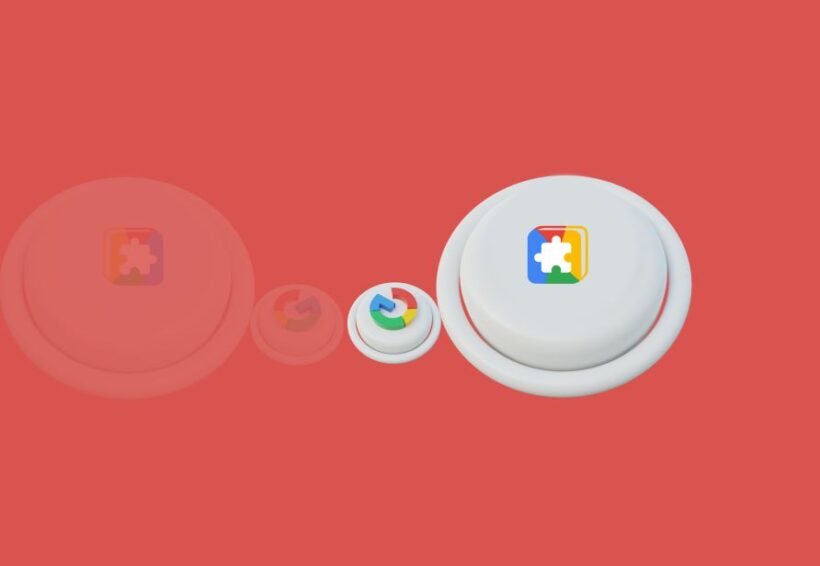Hyphenation is a typographic practice that involves the use of hyphens to break words at the end of a line when they do not fit entirely within the margins of the document. This technique is significant in ensuring readability and maintaining the aesthetic integrity of text across various mediums. While it may seem like a minor detail in the grand scheme of text formatting, hyphenation plays a crucial role in the presentation of written content, particularly in the context of modern technology, digital media, and user experience.
Understanding Hyphenation in Typography
Hyphenation occurs when a word is split into two parts at the end of a line, with the hyphen indicating where the division occurs. For example, the word “extraordinary” could be hyphenated as “extra-ordinary” if it needs to be broken at the end of a line. This practice allows for a more even distribution of text across lines, which can enhance the visual flow of paragraphs and improve overall readability.
In typography, hyphenation is often governed by specific rules that dictate when and where words can be hyphenated. These rules can vary by language and style guide, but generally, they take into account factors such as syllable breaks, common usage, and the overall appearance of the text. Proper hyphenation can prevent awkward gaps and ensure that the text is both visually appealing and easy to read.
The Historical Context of Hyphenation
The origins of hyphenation can be traced back to the early days of printing when typesetters needed to manage how text filled the columns of printed pages. In the 15th and 16th centuries, as the use of movable type became more widespread, the need for aesthetic and functional text layout became apparent. Early printers employed various methods to create visually balanced pages, including hyphenation.
Over the centuries, the conventions surrounding hyphenation have evolved. In the 20th century, with the rise of desktop publishing and digital typesetting, the rules became more formalized. Software applications began to incorporate automatic hyphenation features, allowing users to set preferences based on specific languages and style guides. This automation significantly streamlined the typesetting process, reducing the manual labor involved and enabling more consistent results across different documents.
Hyphenation in Modern Technology
In today’s digital landscape, hyphenation continues to play a vital role in content presentation. With the proliferation of various devices, including smartphones, tablets, and e-readers, the need for well-formatted text is more critical than ever. Hyphenation helps to ensure that text remains visually cohesive and easy to read, regardless of the device or screen size.
The advent of responsive web design has further emphasized the importance of hyphenation. As websites are accessed on an array of devices, the text layout must adapt to different screen sizes. Automatic hyphenation features in web design frameworks and content management systems help maintain readability. This capability is particularly important for long-form content, where poor hyphenation can lead to frustrating reading experiences.
Implementing Hyphenation in Digital Content
For content creators and web developers, understanding how to implement hyphenation effectively can enhance user experience. Most modern word processors and web design tools offer built-in hyphenation features that can be customized according to user preferences. For instance, in applications like Adobe InDesign and Microsoft Word, users can adjust hyphenation settings to control how aggressively words are hyphenated, allowing for a balance between aesthetics and readability.
In web development, CSS (Cascading Style Sheets) provides properties that allow for hyphenation in HTML content. The CSS property `hyphens` can be set to values like `manual`, `auto`, or `none`, determining how the browser handles hyphenation. This feature is particularly beneficial for responsive web design, allowing text to adapt seamlessly to different viewport sizes.
Hyphenation and User Experience
The importance of hyphenation extends beyond aesthetics; it significantly influences user experience. Well-hyphenated text can reduce cognitive load, making reading easier and improving comprehension. This is especially critical in educational technologies and e-learning platforms, where clarity of text can directly impact learning outcomes.
Research in typography suggests that users often prefer text that is well-structured and visually appealing. Text that is difficult to read due to improper hyphenation can lead to frustration, increased bounce rates, and decreased engagement. Therefore, implementing effective hyphenation practices can contribute to better user retention and satisfaction in digital environments.
Challenges and Considerations in Hyphenation
Despite its benefits, hyphenation is not without challenges. One of the primary concerns is the potential for over-hyphenation, which can disrupt the flow of reading. Users may find excessive hyphenation distracting, leading to a negative reading experience. Consequently, it is essential for content creators to strike a balance between necessary hyphenation and maintaining an uninterrupted reading flow.
Another consideration is the regional and cultural differences in hyphenation practices. Different languages have unique rules governing hyphenation, and what may be acceptable in one language might not be in another. This is particularly important for global businesses and websites that cater to diverse audiences, as understanding these nuances can enhance the localization of content.
Future Trends in Hyphenation and Typography
As technology continues to evolve, so too will the practices surrounding hyphenation. Advances in artificial intelligence and machine learning are likely to lead to even more sophisticated hyphenation algorithms that can learn from user preferences and adapt in real-time. This could result in a more personalized reading experience, where hyphenation adjusts based on individual reading habits and device types.
Moreover, the rise of virtual and augmented reality technologies may introduce new challenges and opportunities for text presentation. As these technologies become more mainstream, ensuring that text remains legible and well-formatted in immersive environments will be crucial. Hyphenation will likely play a role in these developments, as developers seek to create text that is both functional and visually appealing in 3D spaces.
Conclusion
Hyphenation may seem like a small aspect of typography, but its significance cannot be overstated. In a world where digital content is consumed across a myriad of devices and platforms, effective hyphenation practices contribute to enhanced readability, user satisfaction, and overall content quality. As technology advances, the role of hyphenation will continue to evolve, adapting to new formats and user expectations. By understanding and implementing effective hyphenation strategies, content creators can ensure that their work remains accessible and engaging in an ever-changing digital landscape.




